Yep, you heard it right — and based on the reactions friends have given me, very few New Yorkers seem to be aware. Before Los Alamos, Army officials ran the effort that gave the United States the atomic bomb from an office in Tribeca, Manhattan.
How did this happen? I’m not a historian, but I can give a quick overview of what I understand.
It all started before the outbreak of World War II. In 1938, German scientists made a groundbreaking discovery: nuclear fission. News of this discovery immediately captured the attention of scientists around the world. Shortly after in 1939, a group of physicists at Columbia University, including Enrico Fermi, became the first team in the United States to document the immense energy released from splitting an atom of uranium. This experiment took place at Pupin Hall at Columbia. Early milestones in nuclear energy were taking place right here in New York City.
As World War II gained momentum, American leaders worried that Germany might develop atomic weapons. In response, New York City emerged as the ideal location to kickstart the development of nuclear technology. The city had all the ingredients needed for such a massive undertaking. It had a strong military presence, piers for the import of precious ores by sea, and top physicists who had fled Europe.
After a string of military and scientific committees weighed in on the topic, the Manhattan Project began in August 1942. You could find its offices at 270 Broadway in Tribeca. Back then, the skyscraper was a federal office building that housed the regional division of the U.S. Army Corps of Engineers. General Leslie R. Groves named the effort the "Manhattan Project" given its initial headquarters. Today, if you walk across the street from City Hall, you can still see the building where the Project began:
During its peak, the Manhattan Project employed 700 people at Columbia University alone. But that's not all—there were approximately ten project sites scattered throughout the city. Significant uranium holding areas existed in Staten Island and Woodside, Queens. In Manhattan, the Baker and Williams warehouses in Chelsea stored an incredible 300,000 pounds of uranium.
After about a year, work shifted to sites more traditionally associated with the Manhattan Project, such as Los Alamos, New Mexico, and Oak Ridge, Tennessee. Still, the fact remains that the seeds of this monumental effort were sown right here.
Why should we care about any of this today? Well, let's consider the parallels with another powerful technology that is currently shaping our world—artificial intelligence (AI). Living in New York City, developments in AI can feel distant, happening in faraway places like Silicon Valley. But it's crucial to remind ourselves that New Yorkers have played a central role in the development of groundbreaking technologies in the past. We could also have a say in how AI develops, ensuring that it aligns with our values and priorities. I'll delve deeper into this topic in future blog posts.
To emphasize, I think aligning powerful technology with our values and priorities piece is especially important. I fully understand why there is almost no visible acknowledgement of the Manhattan project in New York City today. The conclusion of the Manhattan Project was one of the low points in the history of humanity. In fact, the most visible symbol of nuclear weapons in Manhattan is probably the Shinran Statue at the New York Buddhist Church near Riverside Park. The statue in 1945 was actually located in Hiroshima, Japan about 1.5 miles from where the United States detonated a nuclear bomb. Miraculously, the statue survived the blast and was relocated to current location south of Columbia University in 1955.
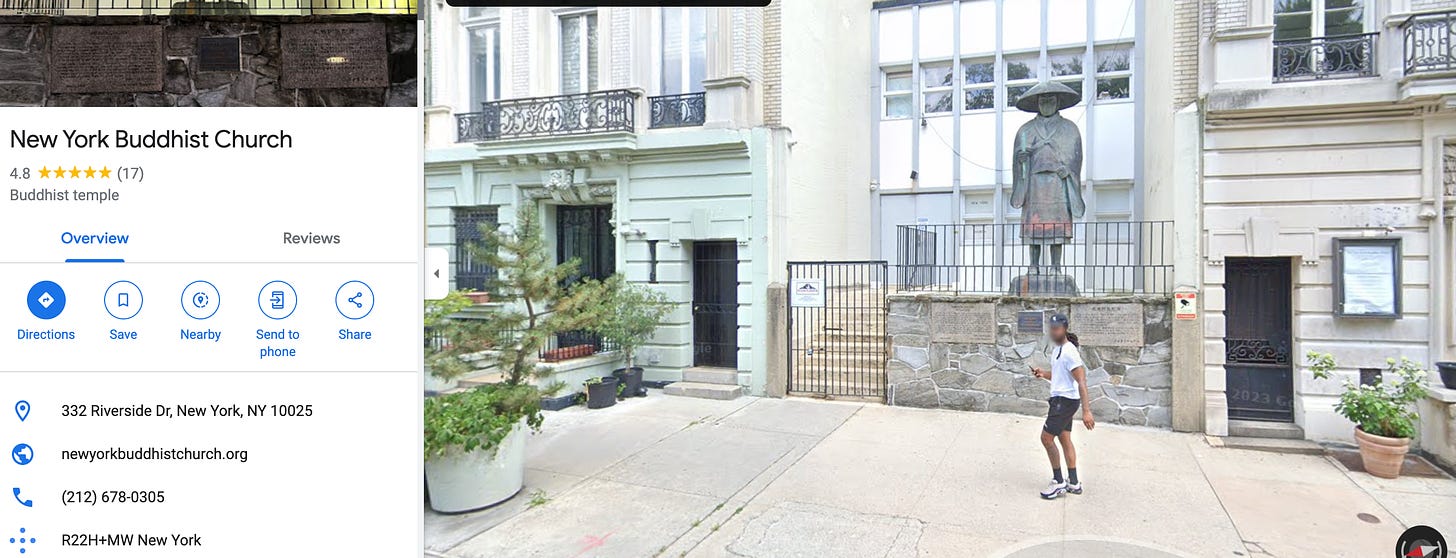
On a lighter note, if you are like me the Manhattan Project is top of mind with the summer blockbuster Oppenheimer coming out this weekend. J. Robert Oppenheimer, the brilliant physicist who led the project, grew up right here in New York City. His father was a Prussian immigrant. The family resided in Upper West Side, overlooking the Hudson River. For grade school, Oppenheimer attended the Ethical Culture School. You can still walk past the school today near Central Park West.
Finally, in spirit of this "Barbieheimer" weekend, let's not forget that Barbie, the iconic doll adored by millions, is also a product of the Big Apple. Barbie made her debut at the American International Toy Fair on March 9, 1959, right here in New York City. In other words, this weekend's blockbusters are actually two tales of characters born in this city.
So, the next time you stroll through the bustling streets of Manhattan, take a moment to appreciate the hidden history you now know about. The name is no coincidence: the Manhattan Project began in Manhattan.

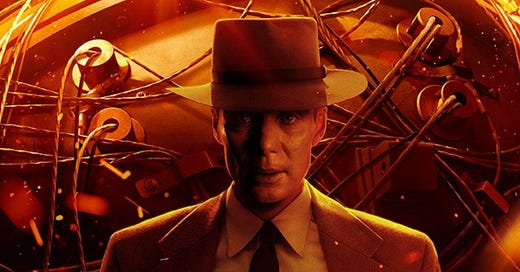



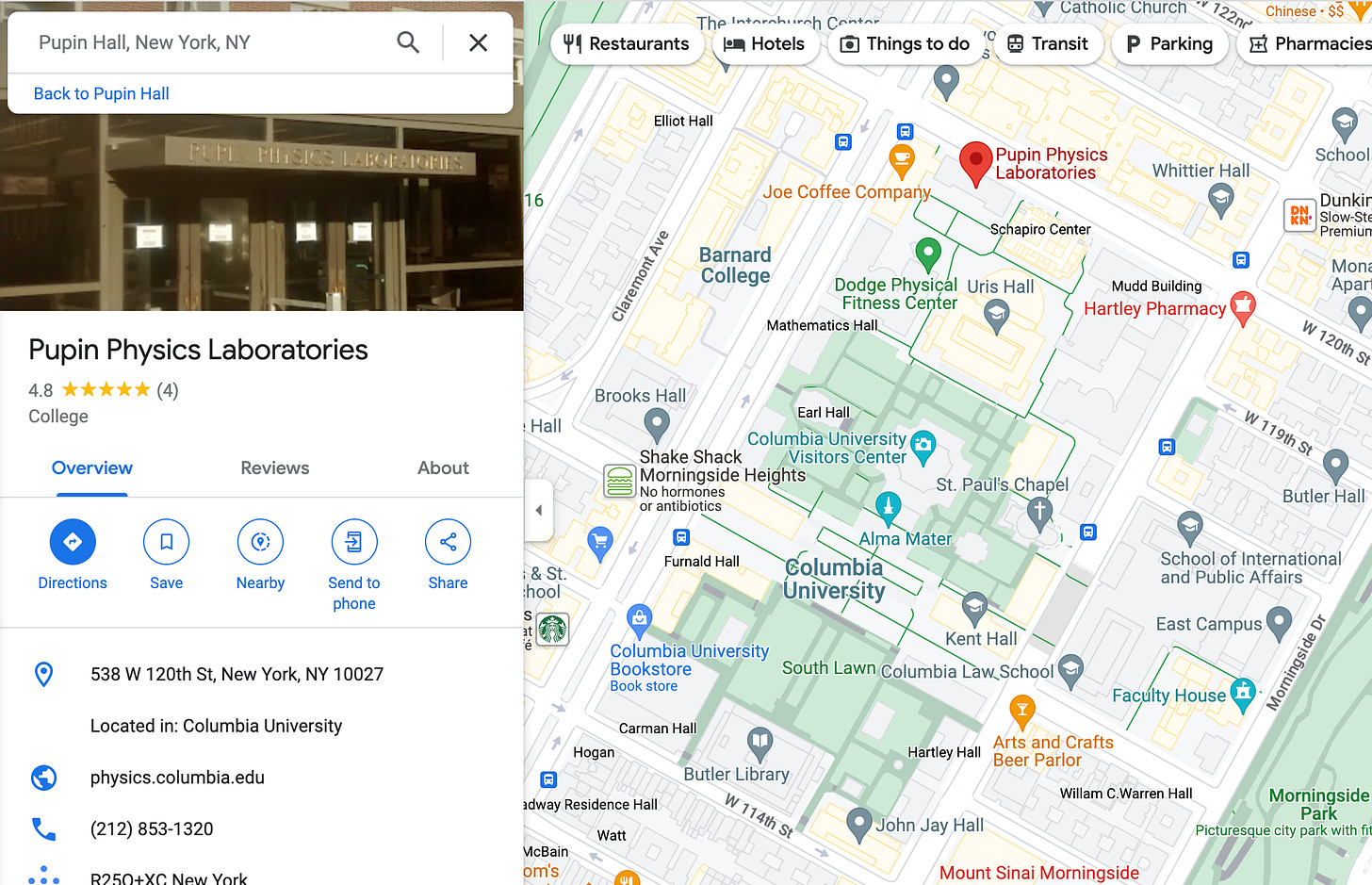
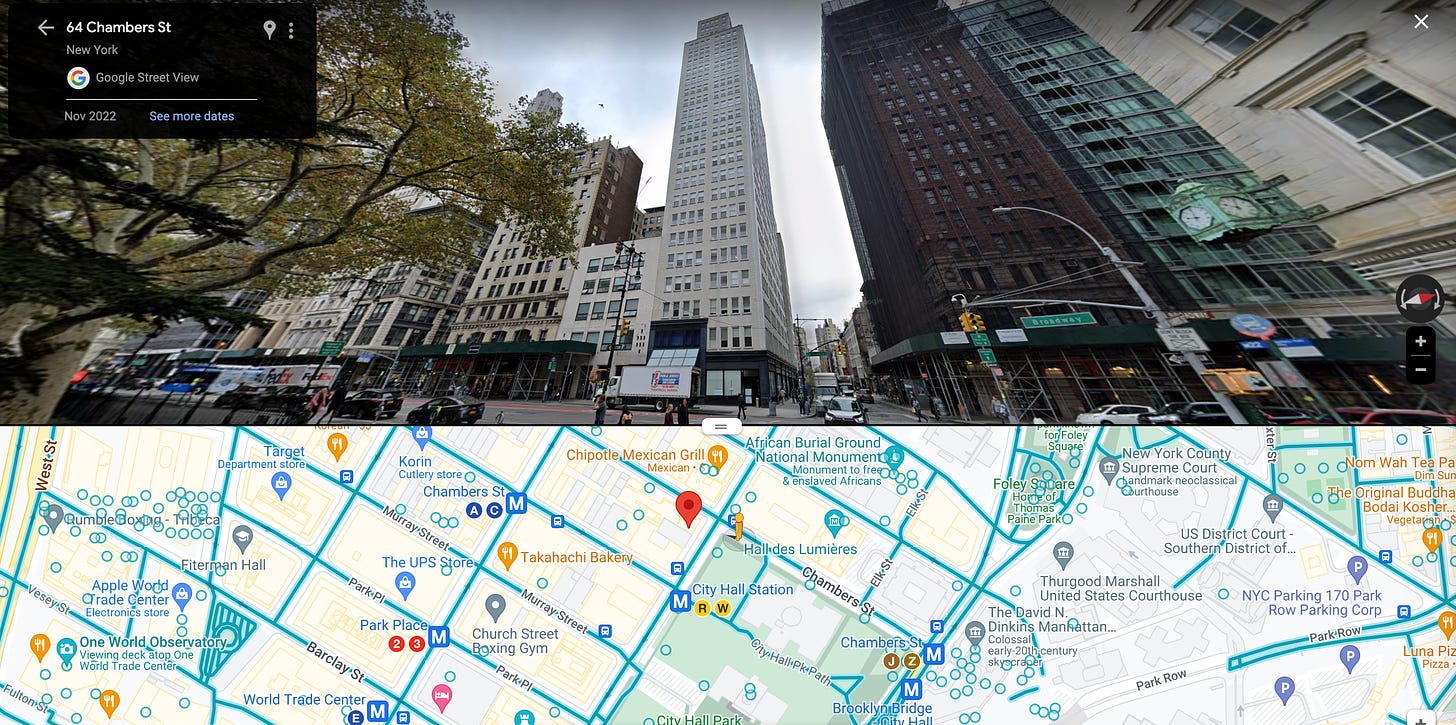
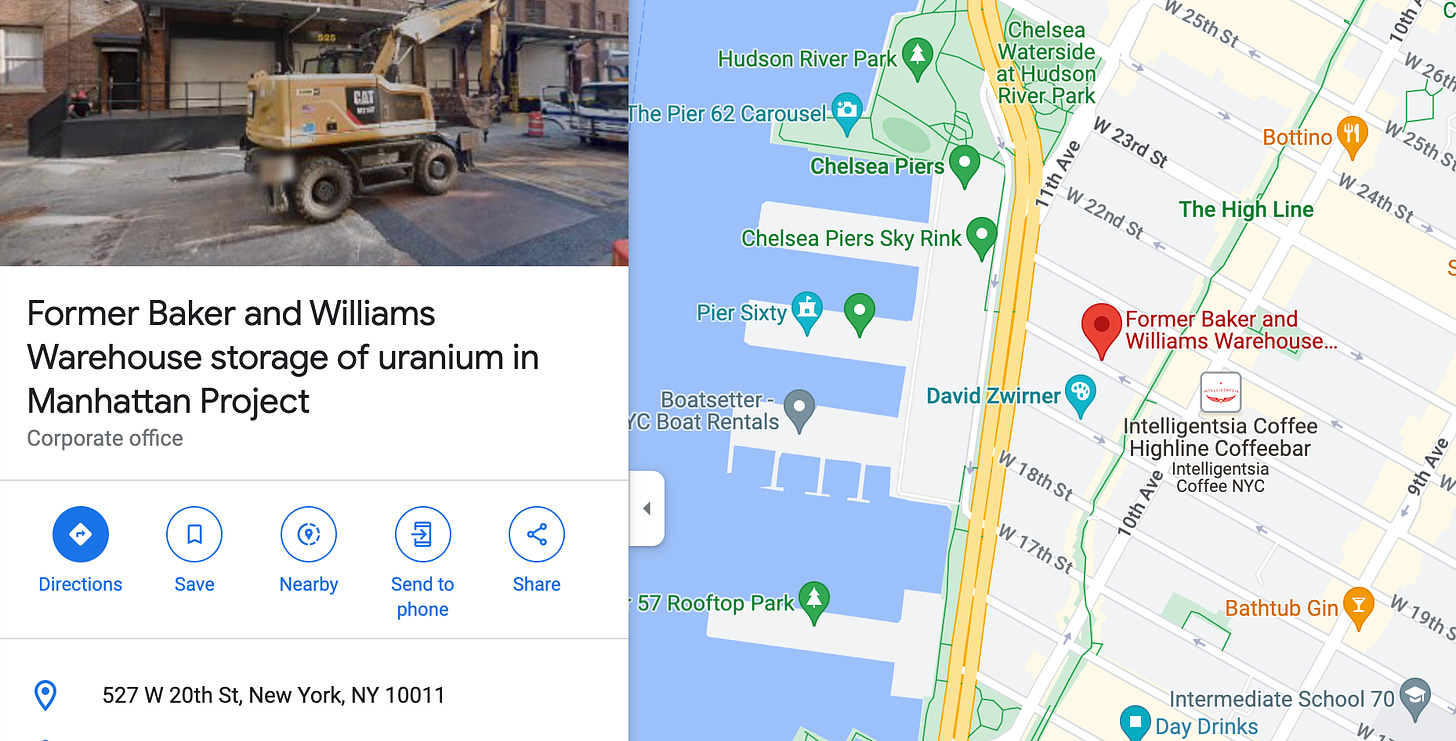
It isn't surprising to me that there is a lack of visibility in attributing the Manhattan Project to NYC. But I agree that it shows that NYC is a place where complex tech can be built out! Do you know what it will take for NYC to emerge as the ideal location for AI development given that Silicon Valley is where a critical hub of people and knowledge exists (at least right now)?